Ladies and gentlemen, you may inspect my bottom! (not too close mind, it's not perfect)

Had a bit off fun getting the ply down at the bow, I didn't want to boil it, couldn't be bothered waiting for it to dry before glueing. I pulled it down with long screws, over a period of a couple of hours. ( I would trot down to my work shop every half hour, between morning tea and lunch, and tighten in a few more turns. Now every one in the office thinks I have a weak bladder!) The bottom was taken off and glued and nailed down after work, ready for the next day. By dry fitting, and useing half a dozen screws as locators, I could fair the bottom down to within a 1/32" and know it would still fit once the glue was on!
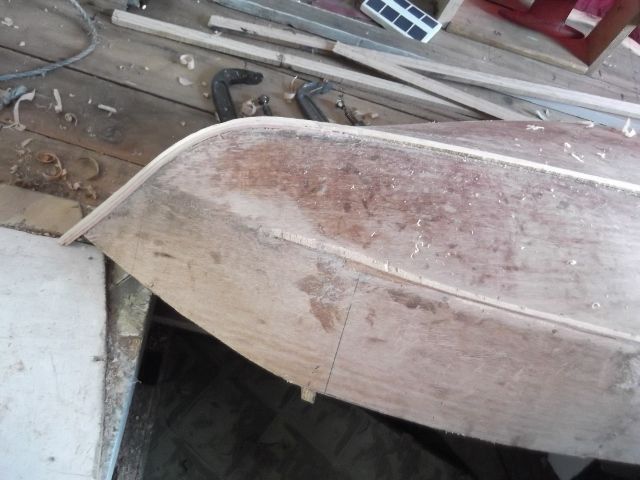
Cut water on, all faired up and ready for filling, sanding and sheathing.
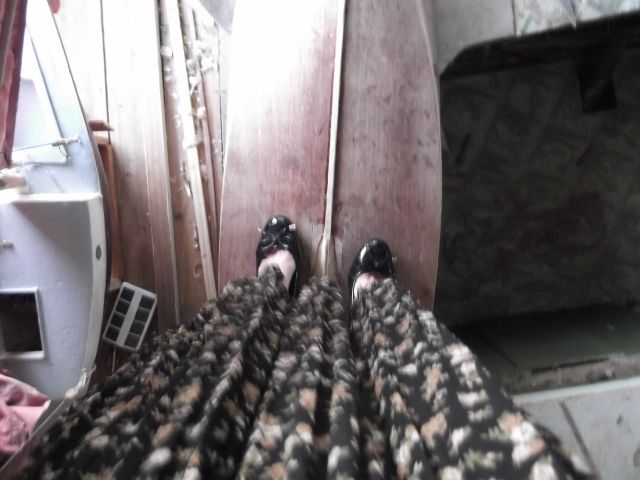
The Amy jane test for structual integrity! ( the bottom withstands 47 pounds per foot!)
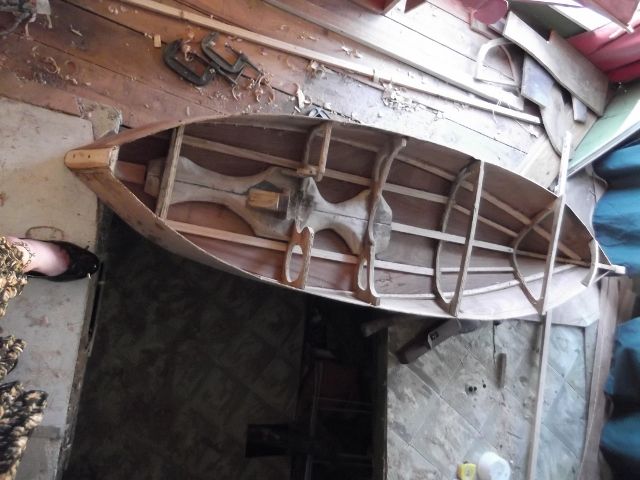
Final shaping yet to be done on stern block and skeg.
I decided to trial the radio I bought for it in the Tancook Whaler first, glad I did! Not so good. (Well it is 40 years old!) The servos were very feeble, and were reluctant to centre properly. I'll leave it in the Tancook, and I have bought a brand new 4 channel for this boat. ( cost less than $20, (10 quid). Lynn has been testing it in one of her aeroplanes, and tells me it works perfectly)
A question-
As I have not built a planing model before, I'm basing my calculations on a what I would do for a very small full sized boat. I would appreciate a second opinion on my ball park figures.
Displacement, 1/2 cubic foot, say 32lbs
bottom area 4.3 square feet
bottom load 7.4 lb per square foot
some where near right? miles off? (7 lbs would be a fairly light loading on a even a small fullsized boat)
Weights at the moment are,
hull 13 lbs
engine 10 lbs, so still a bit to play with
Thanks
Amy jane


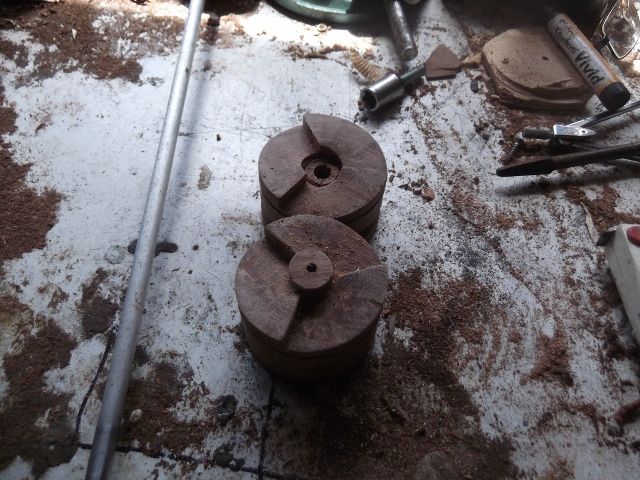
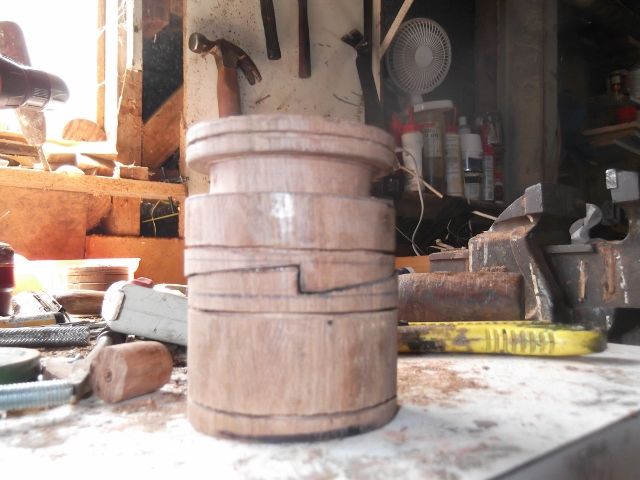
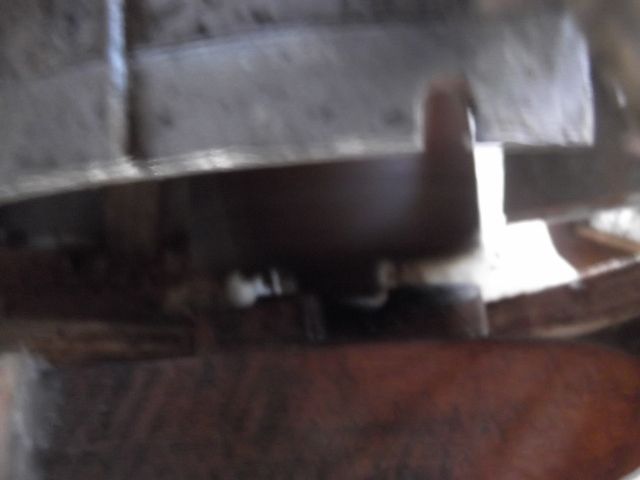
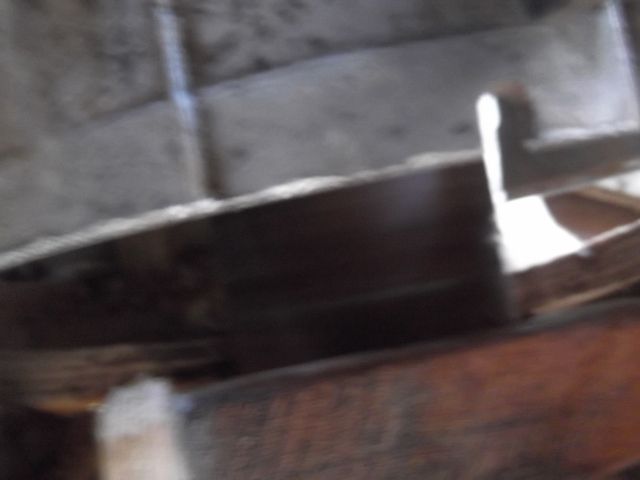
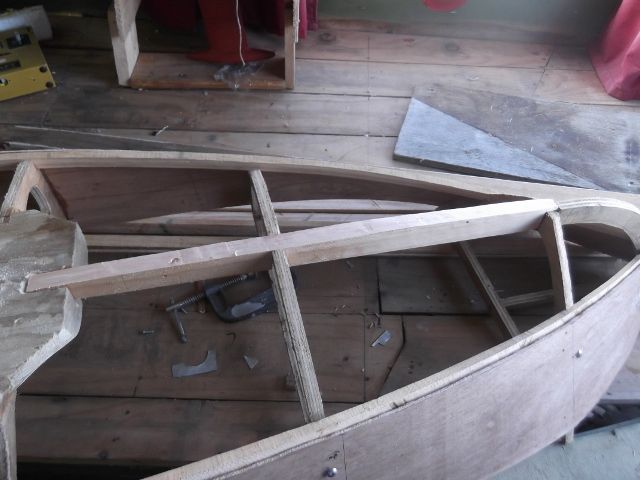
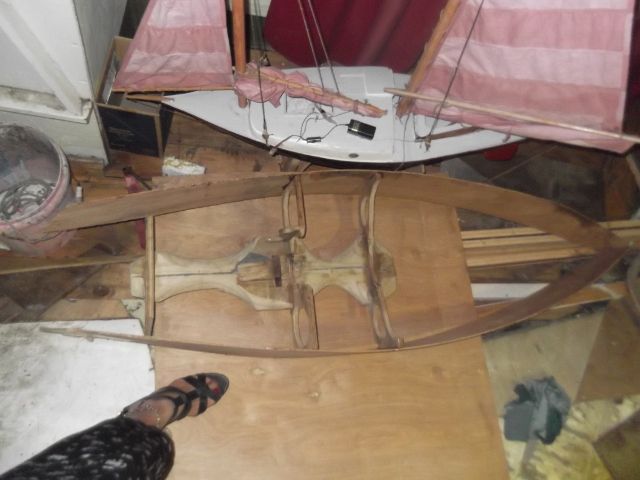
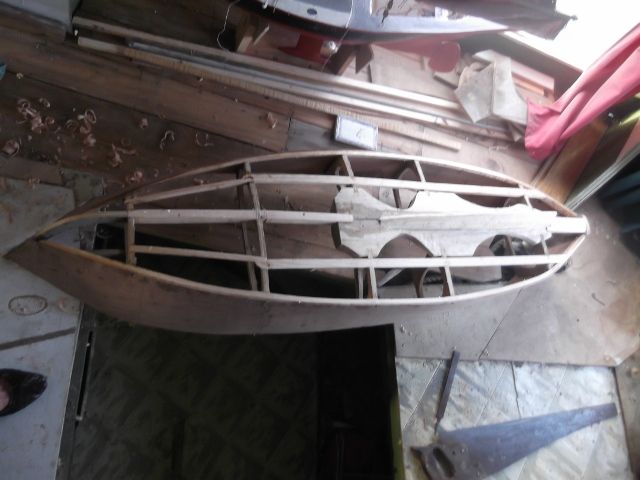
 motor bootlegger, But I'll get this one finished first!
motor bootlegger, But I'll get this one finished first!





